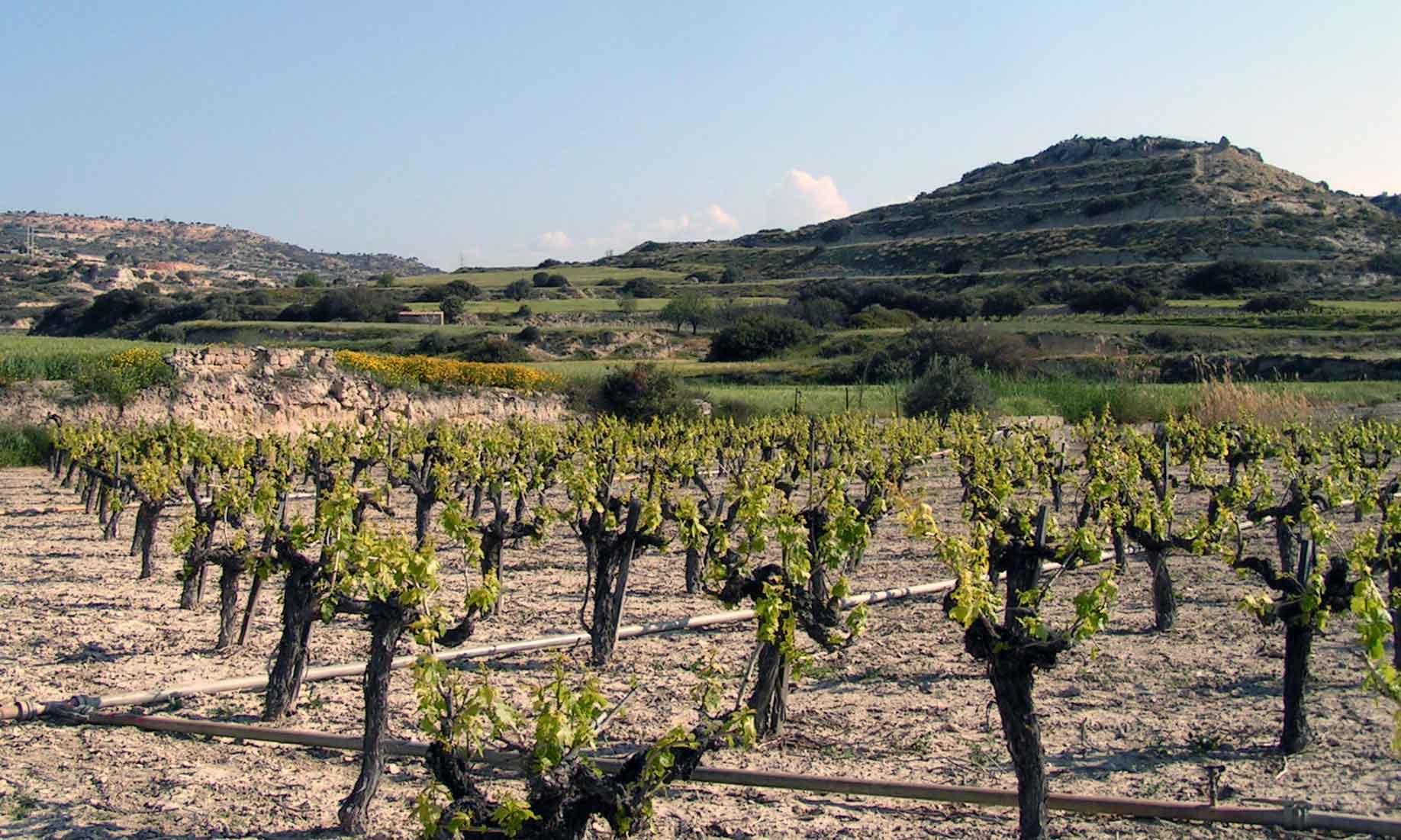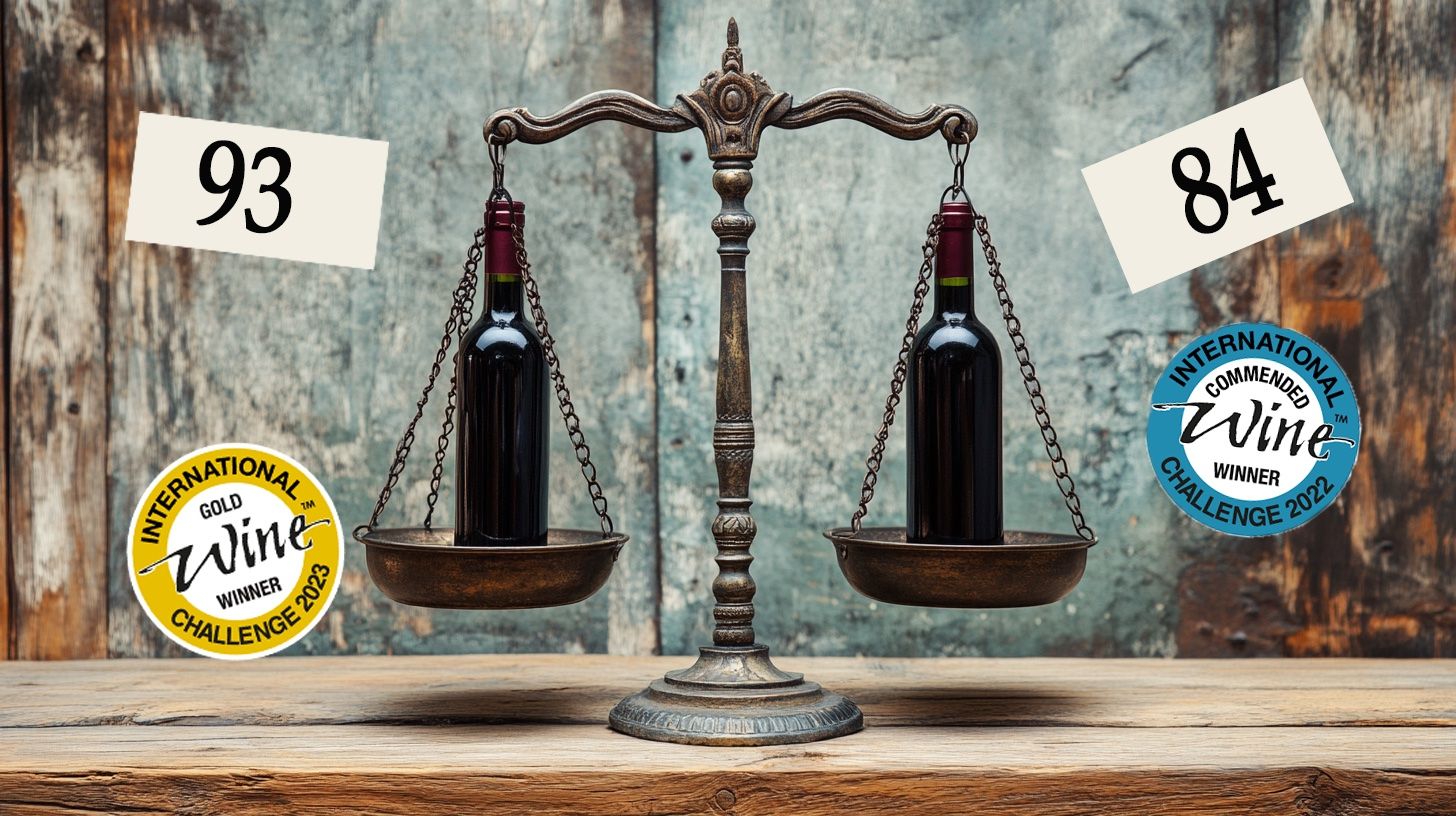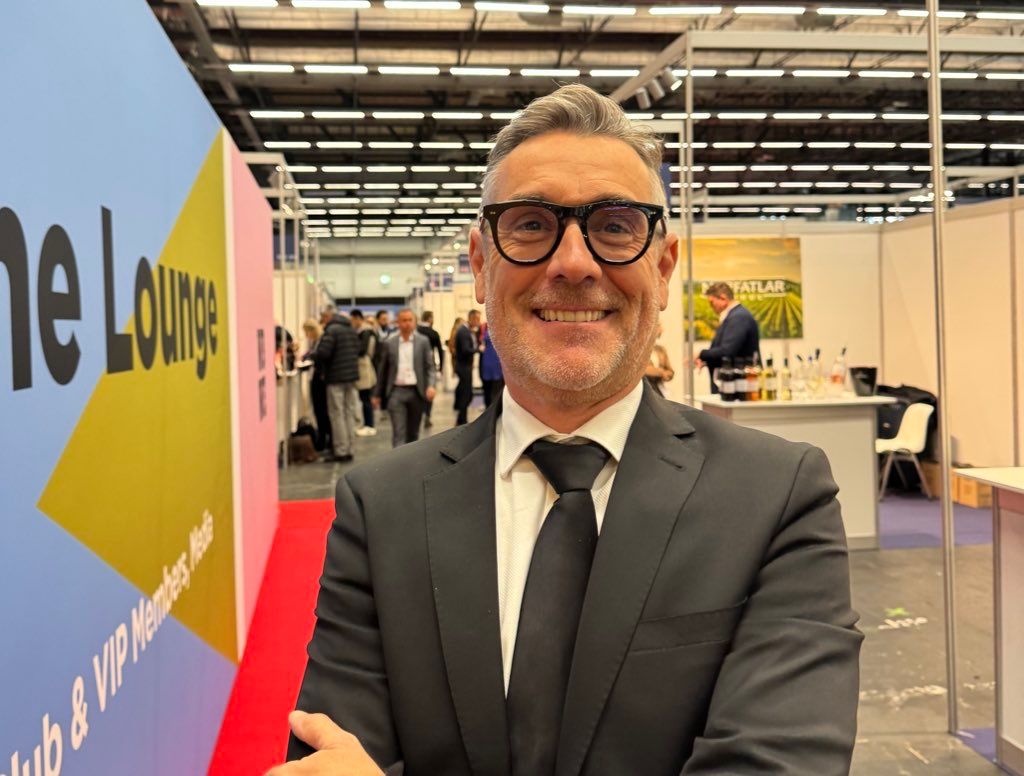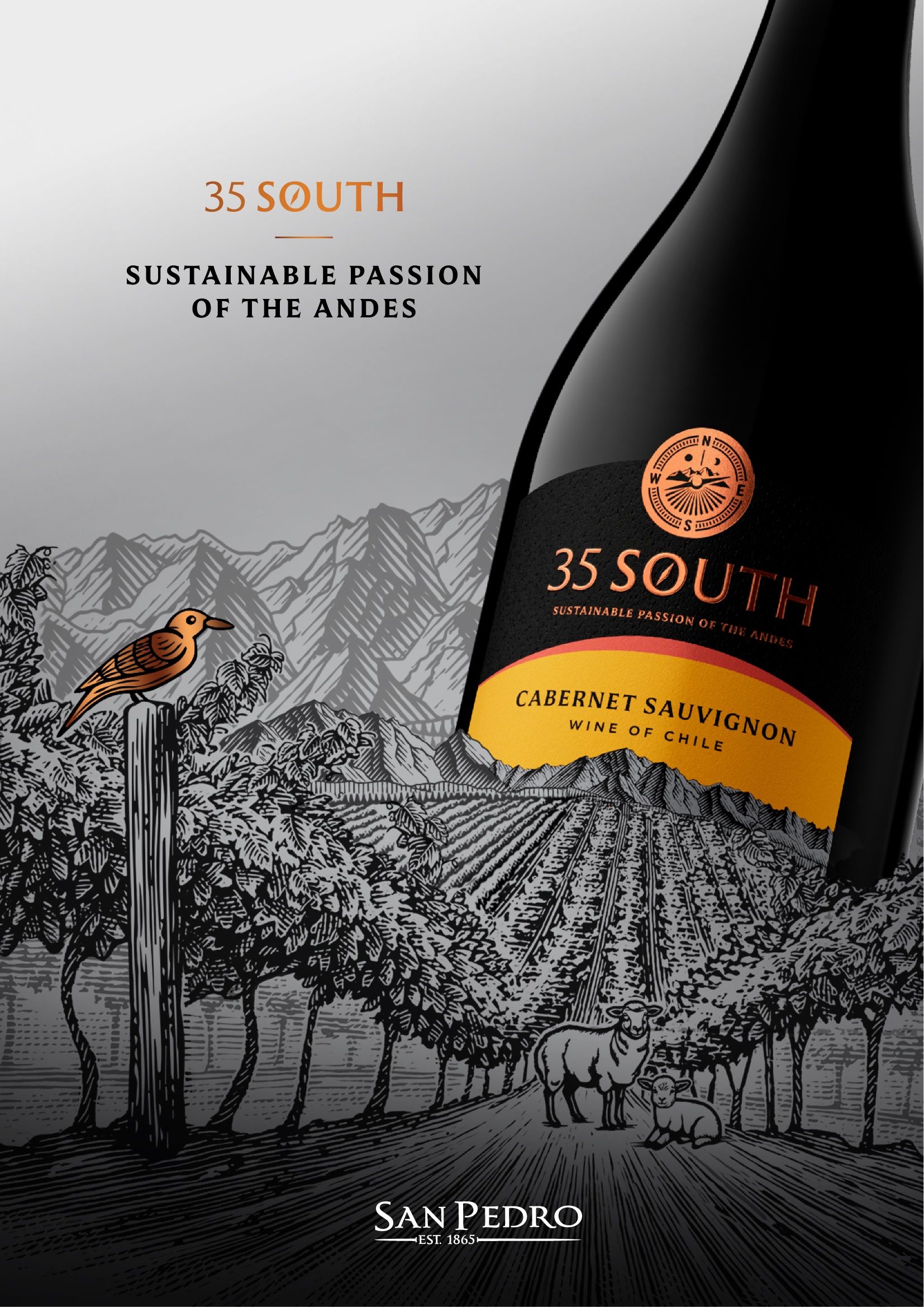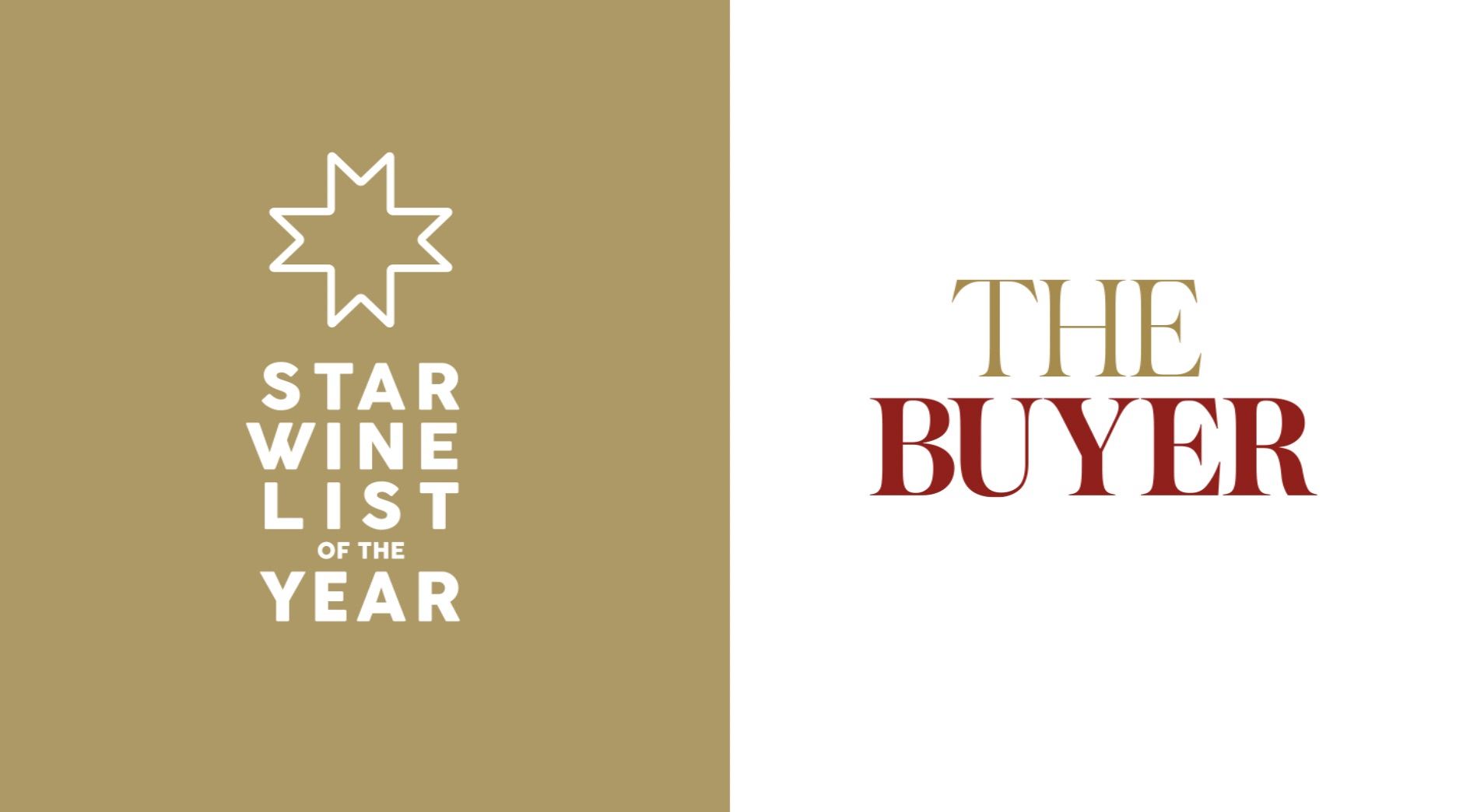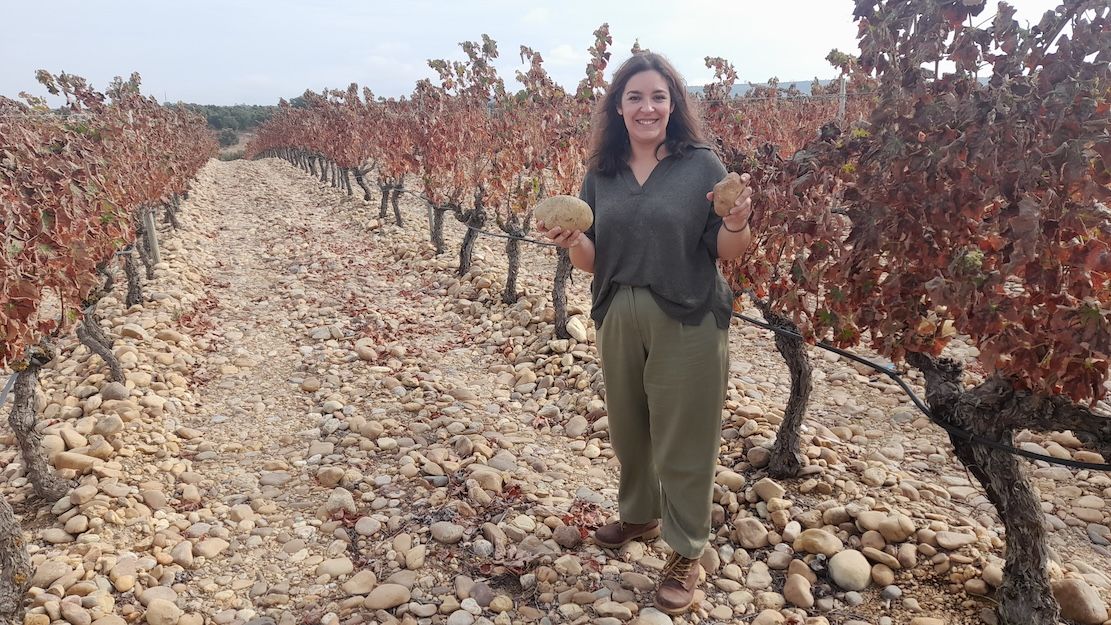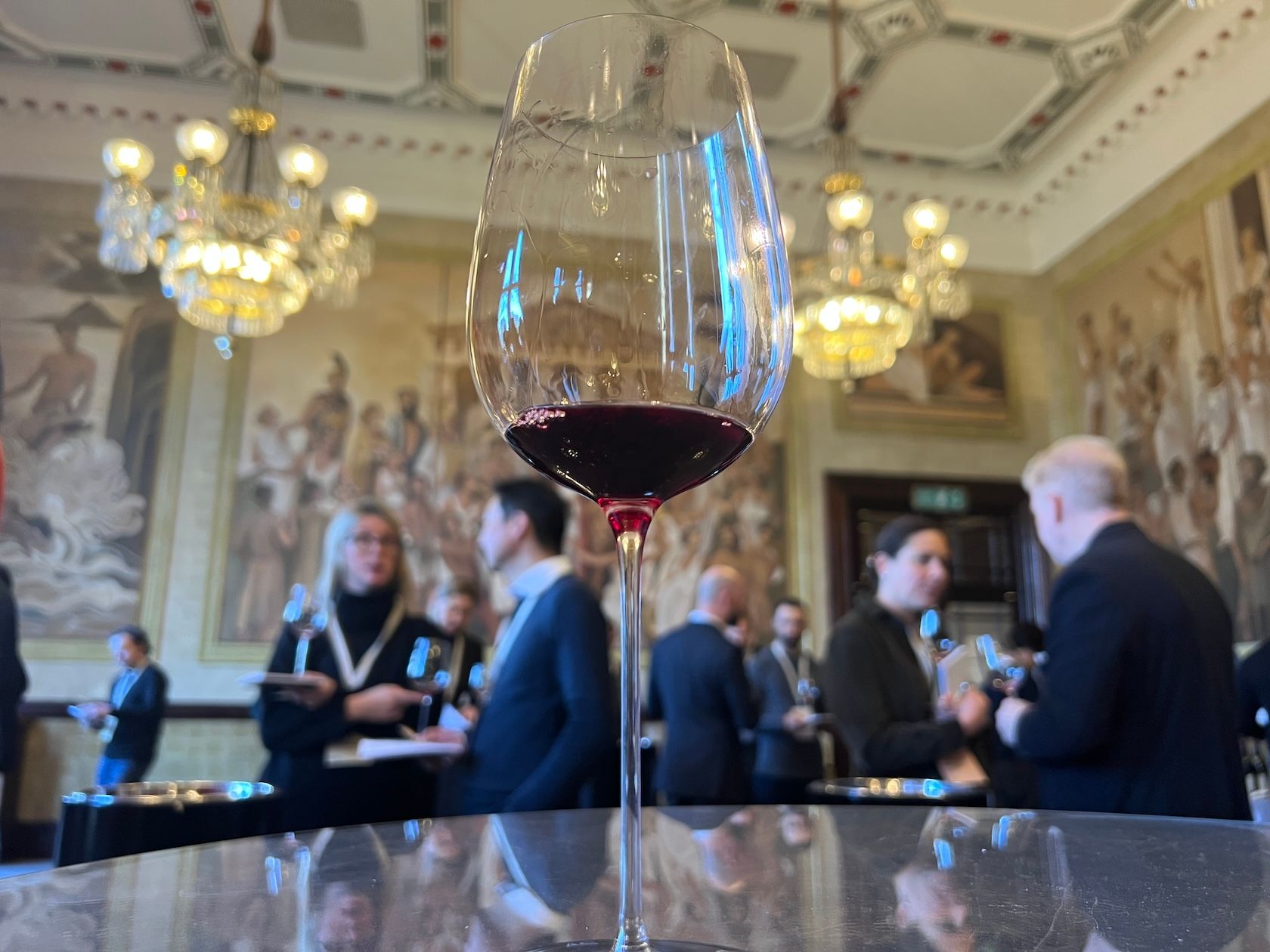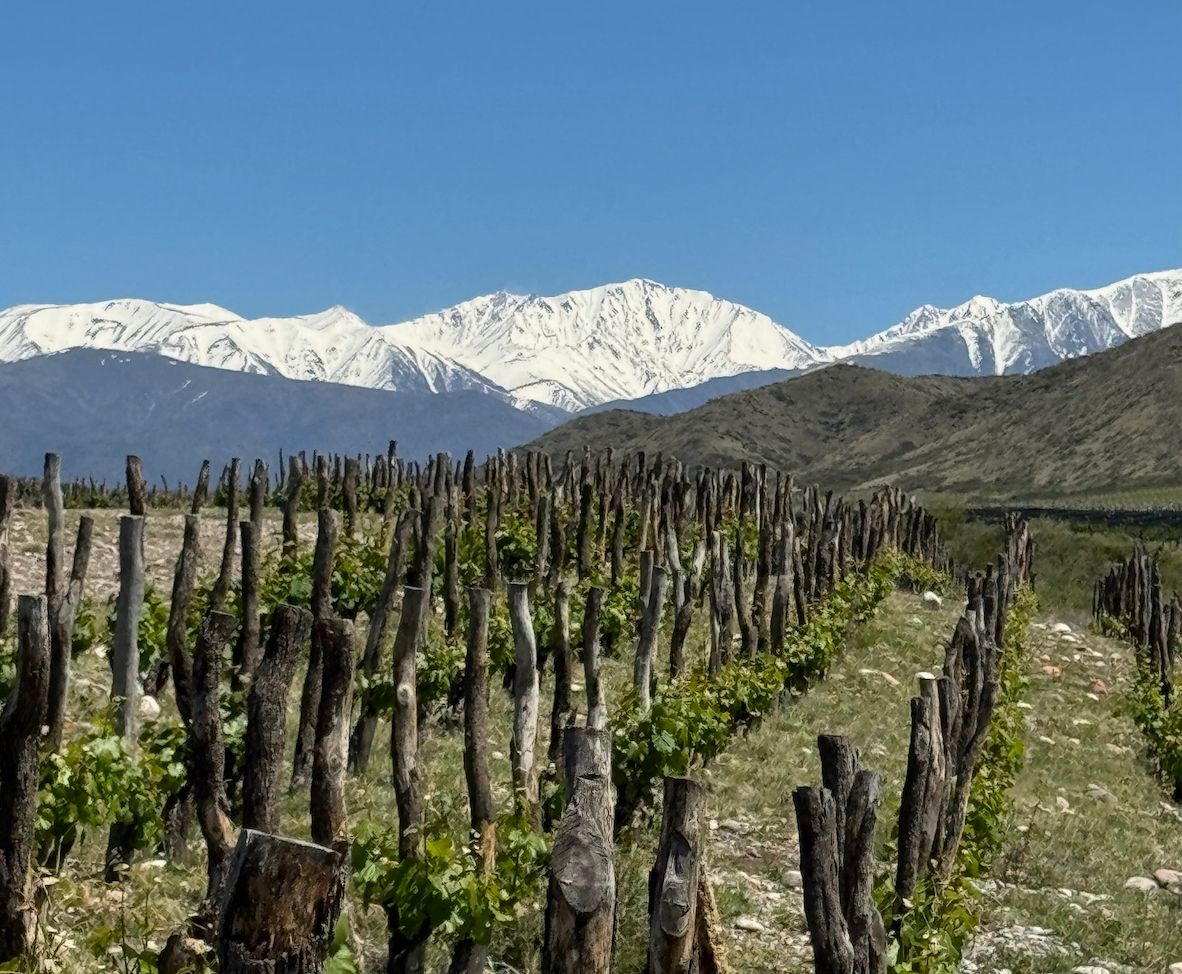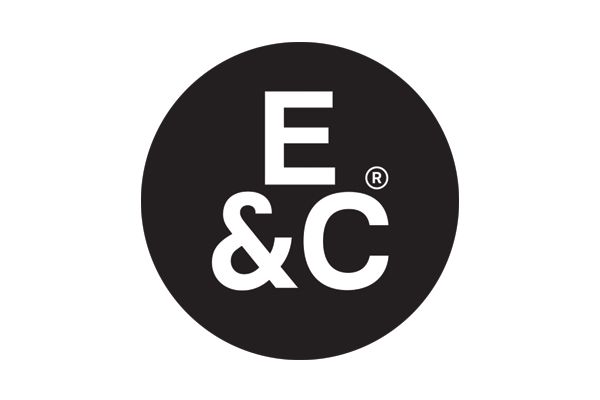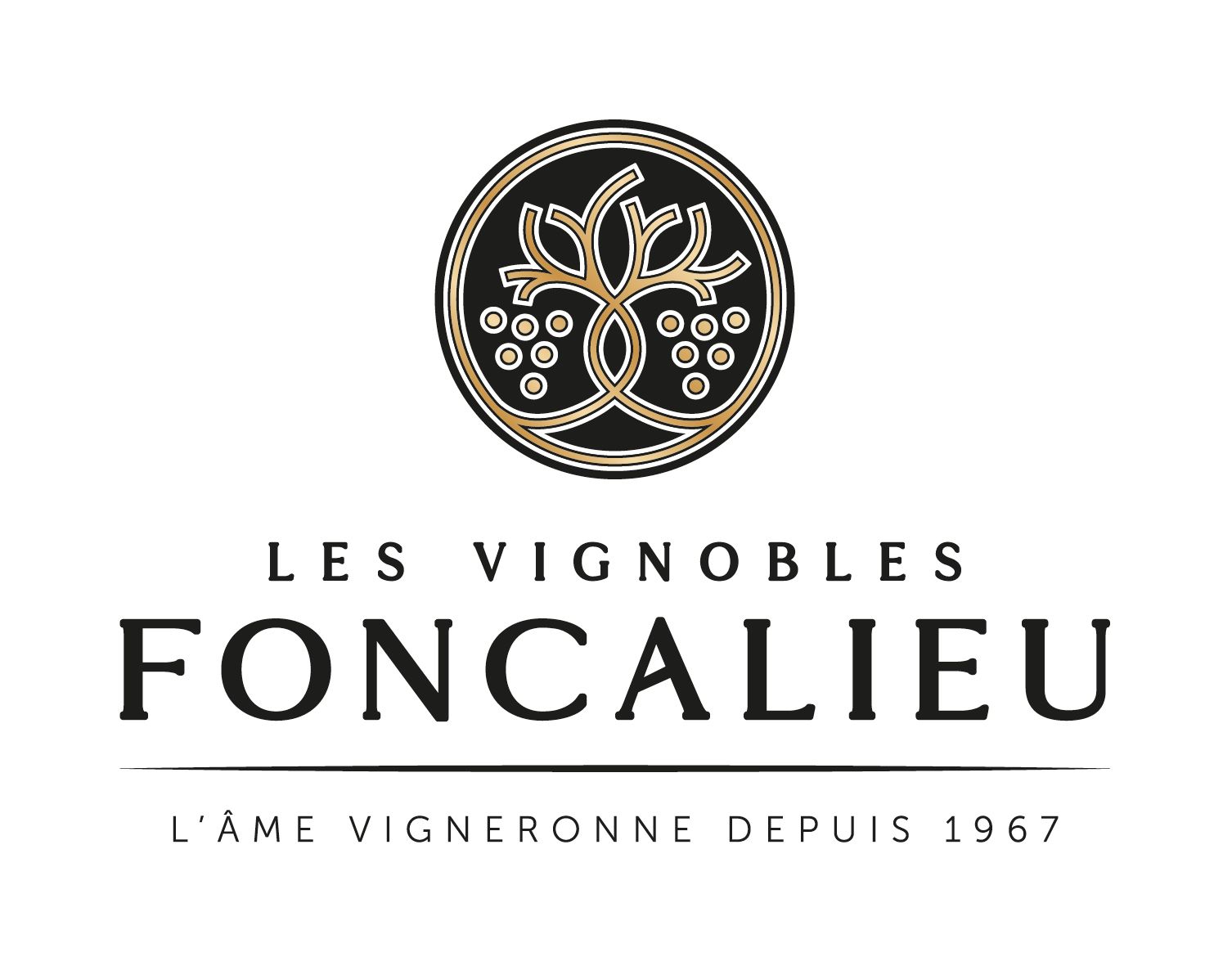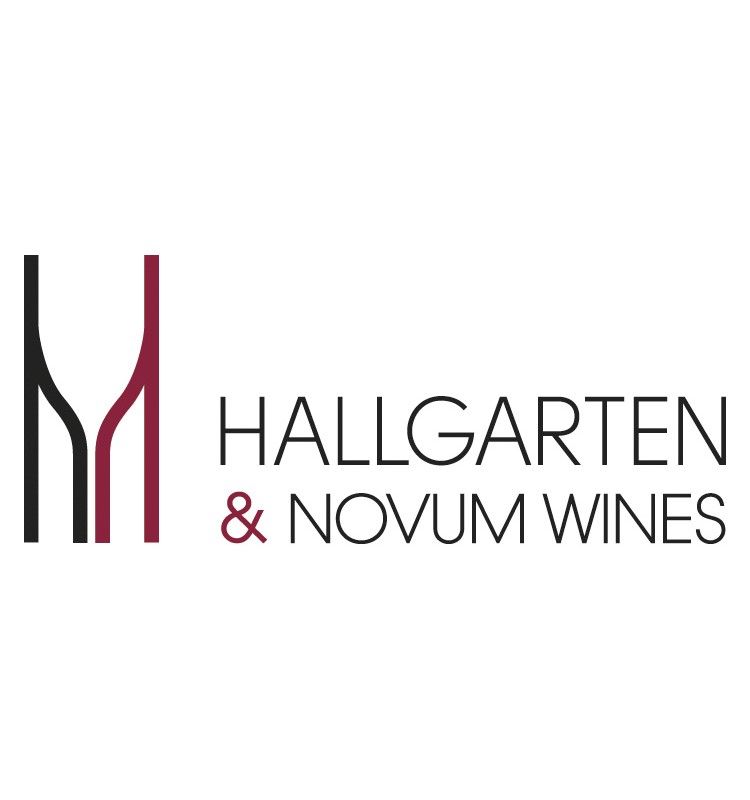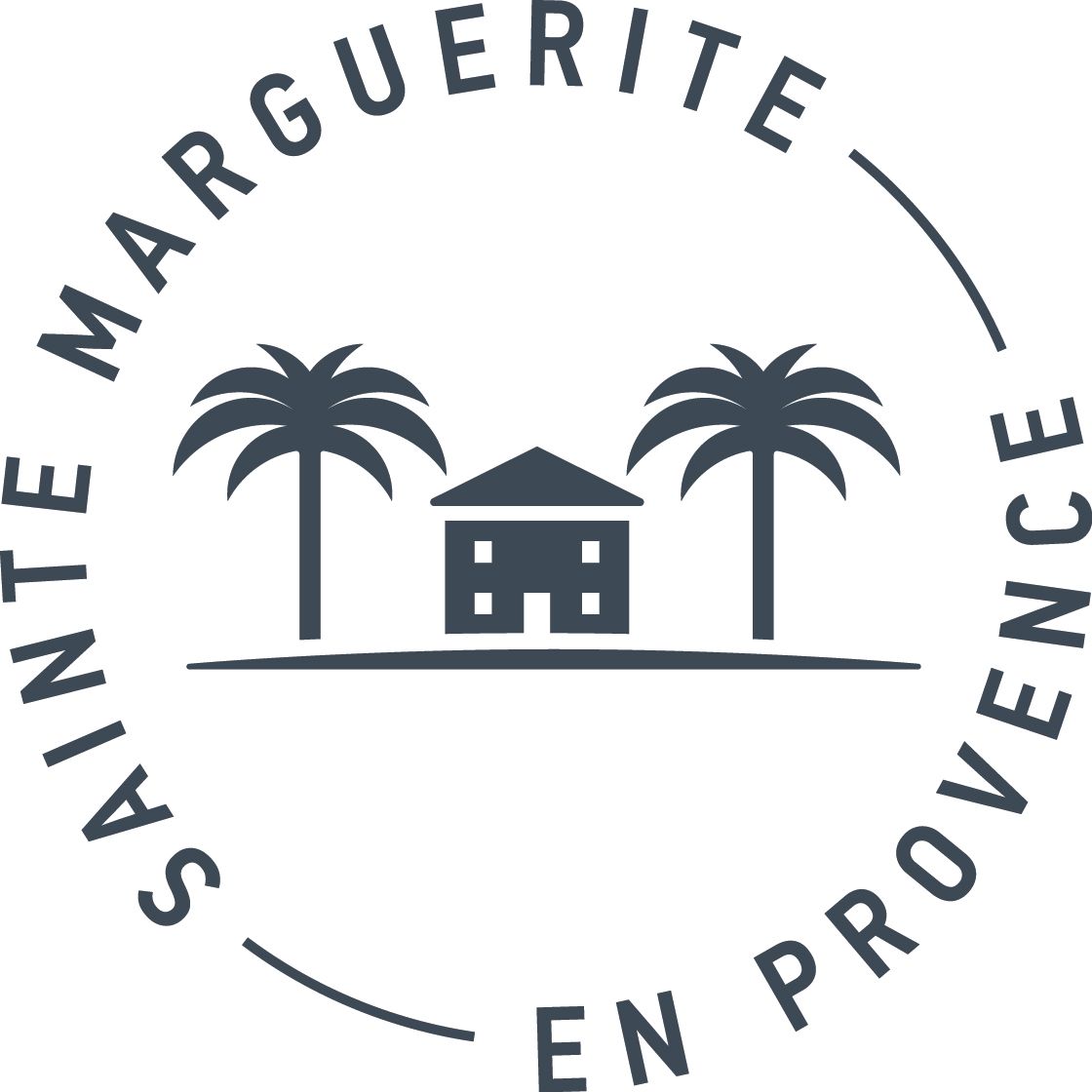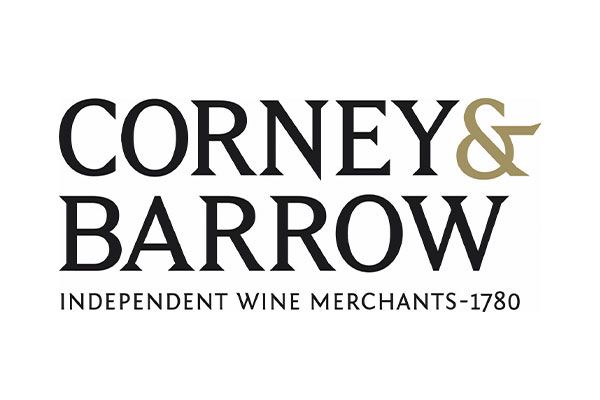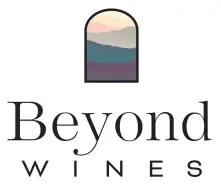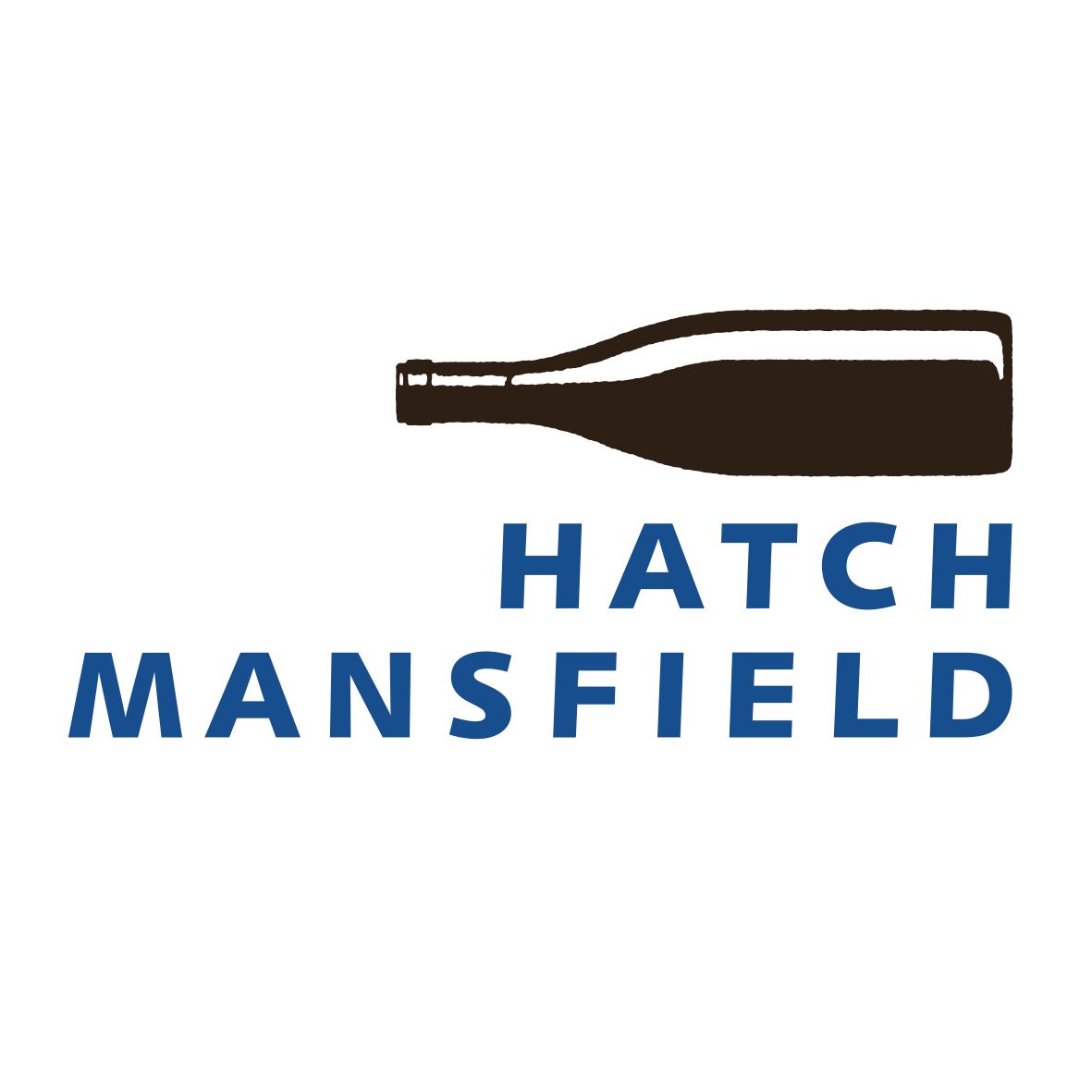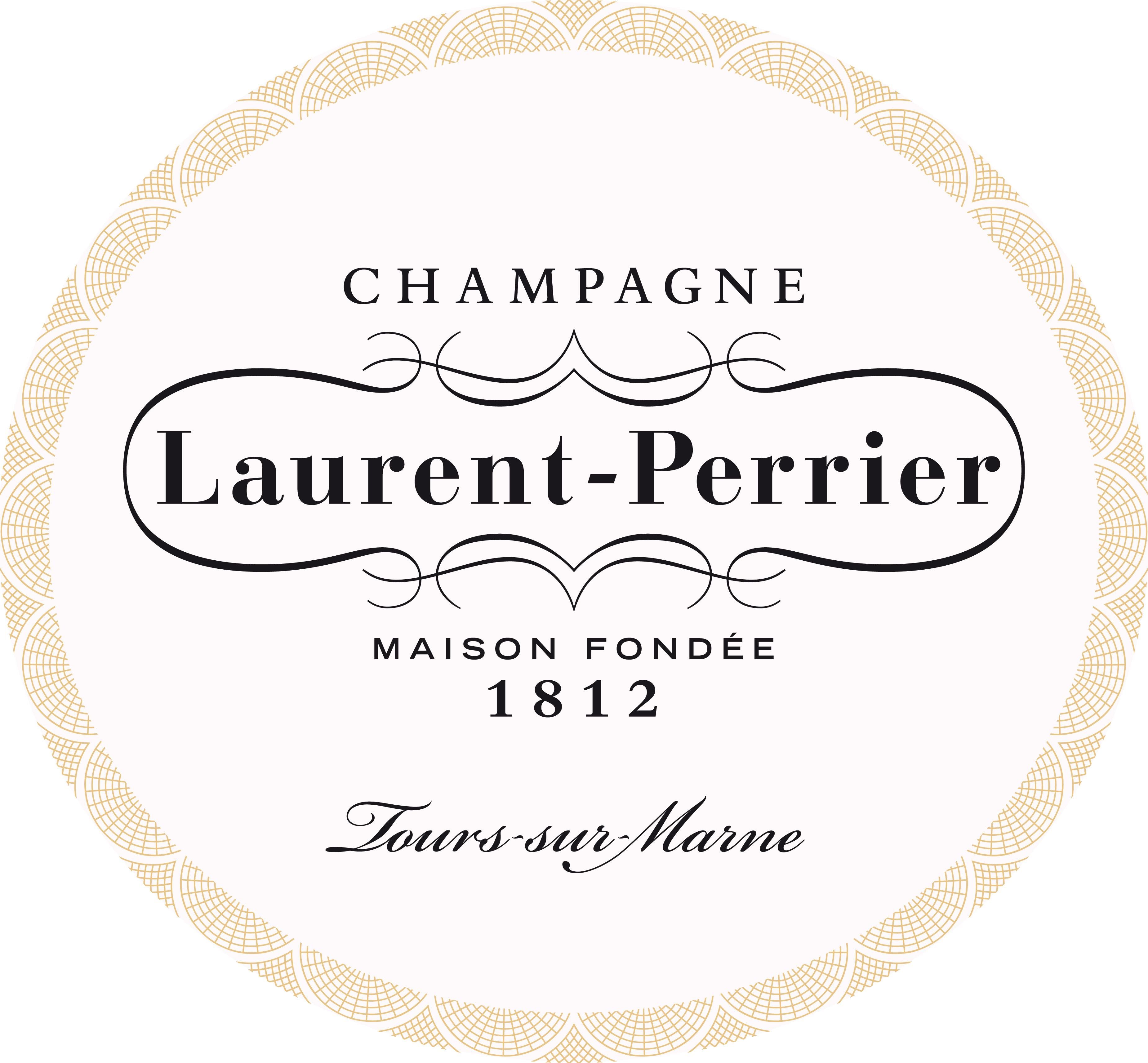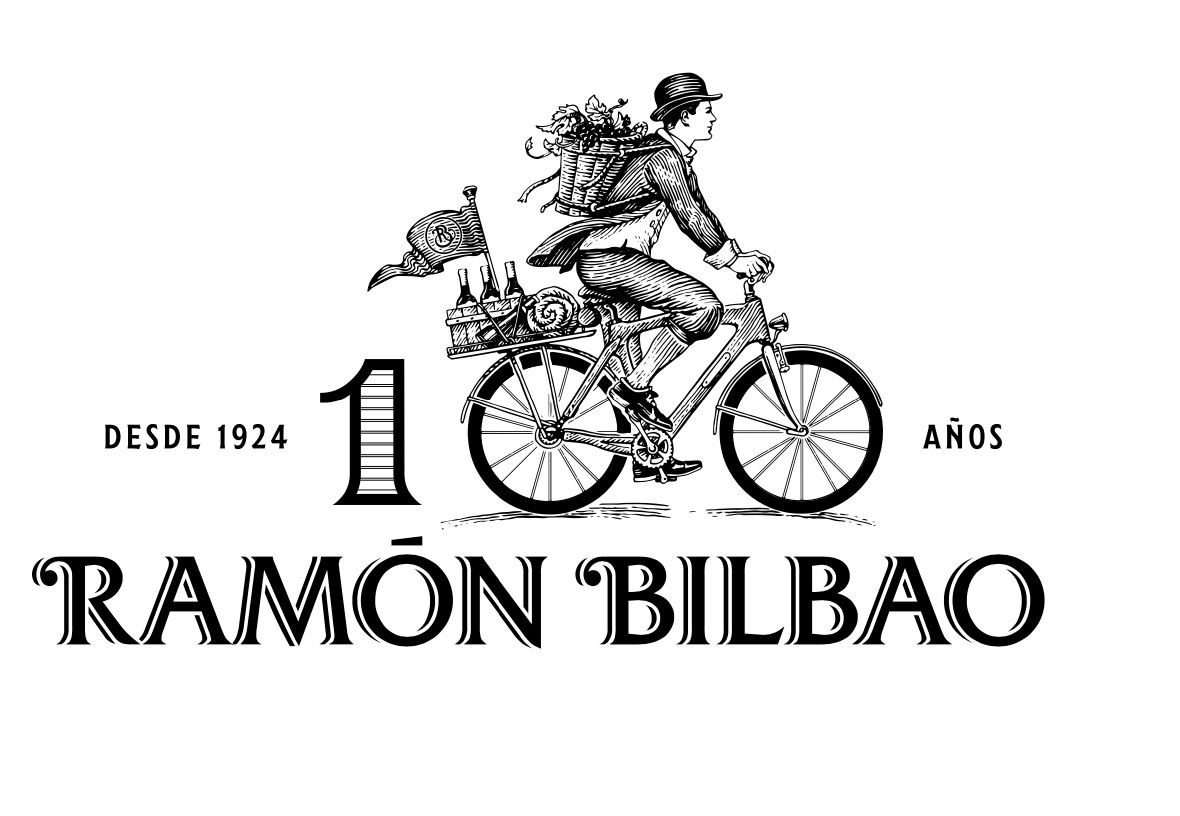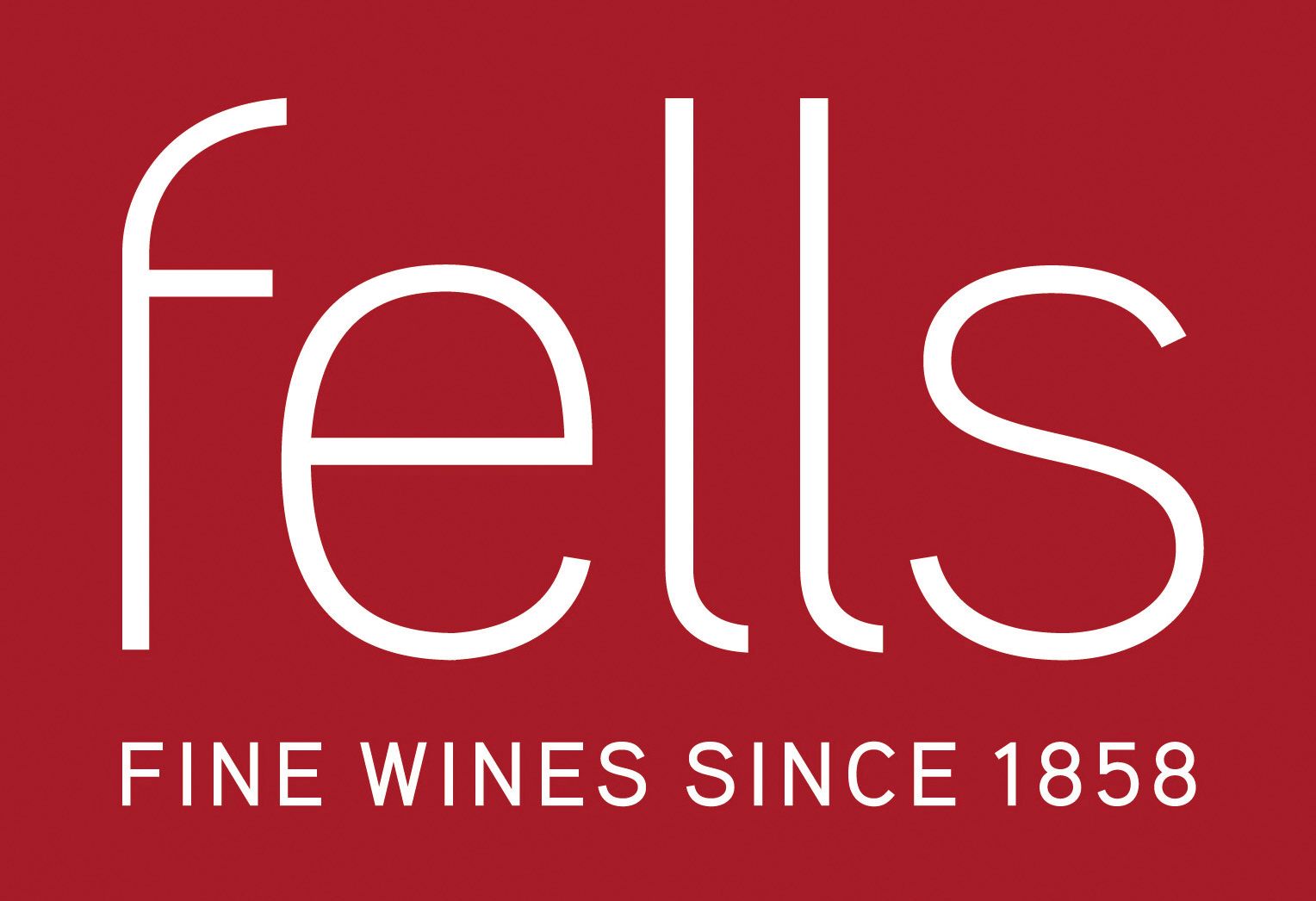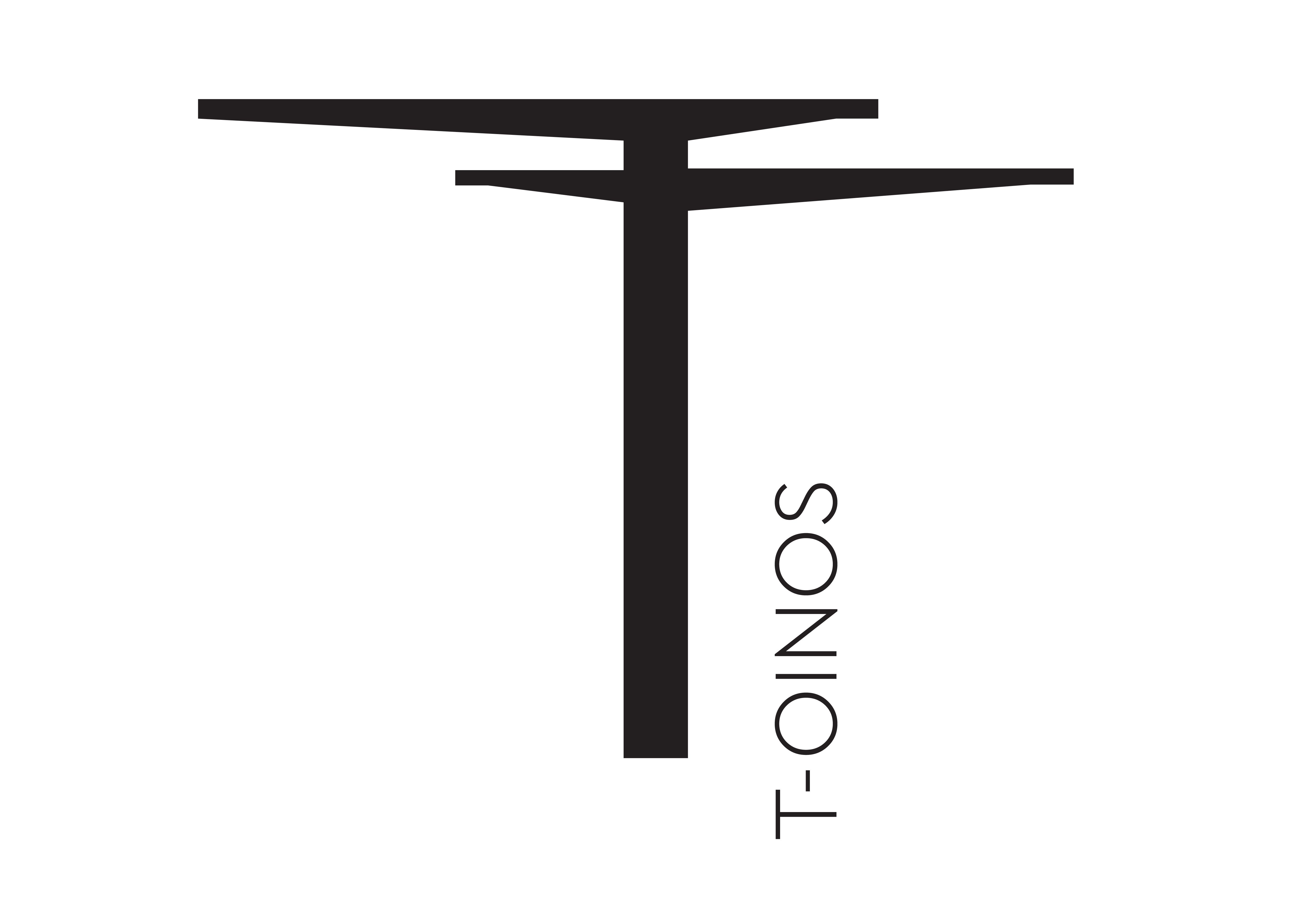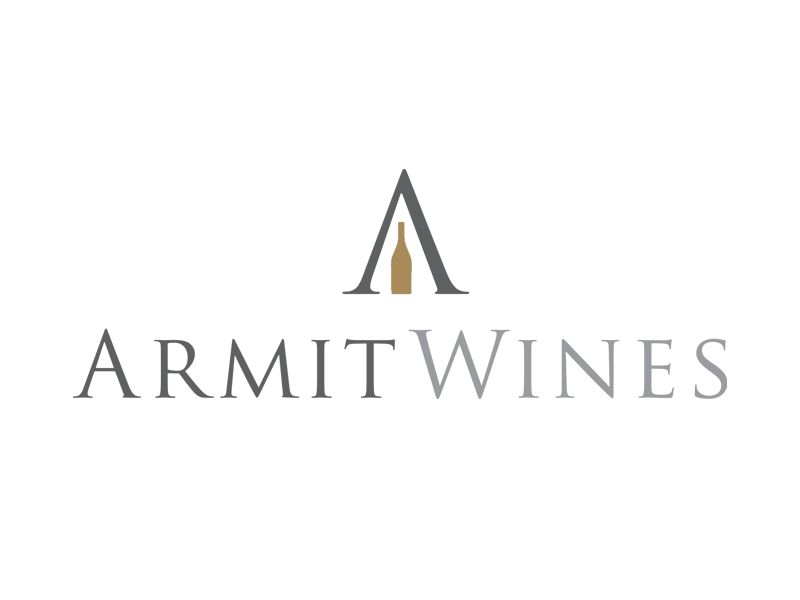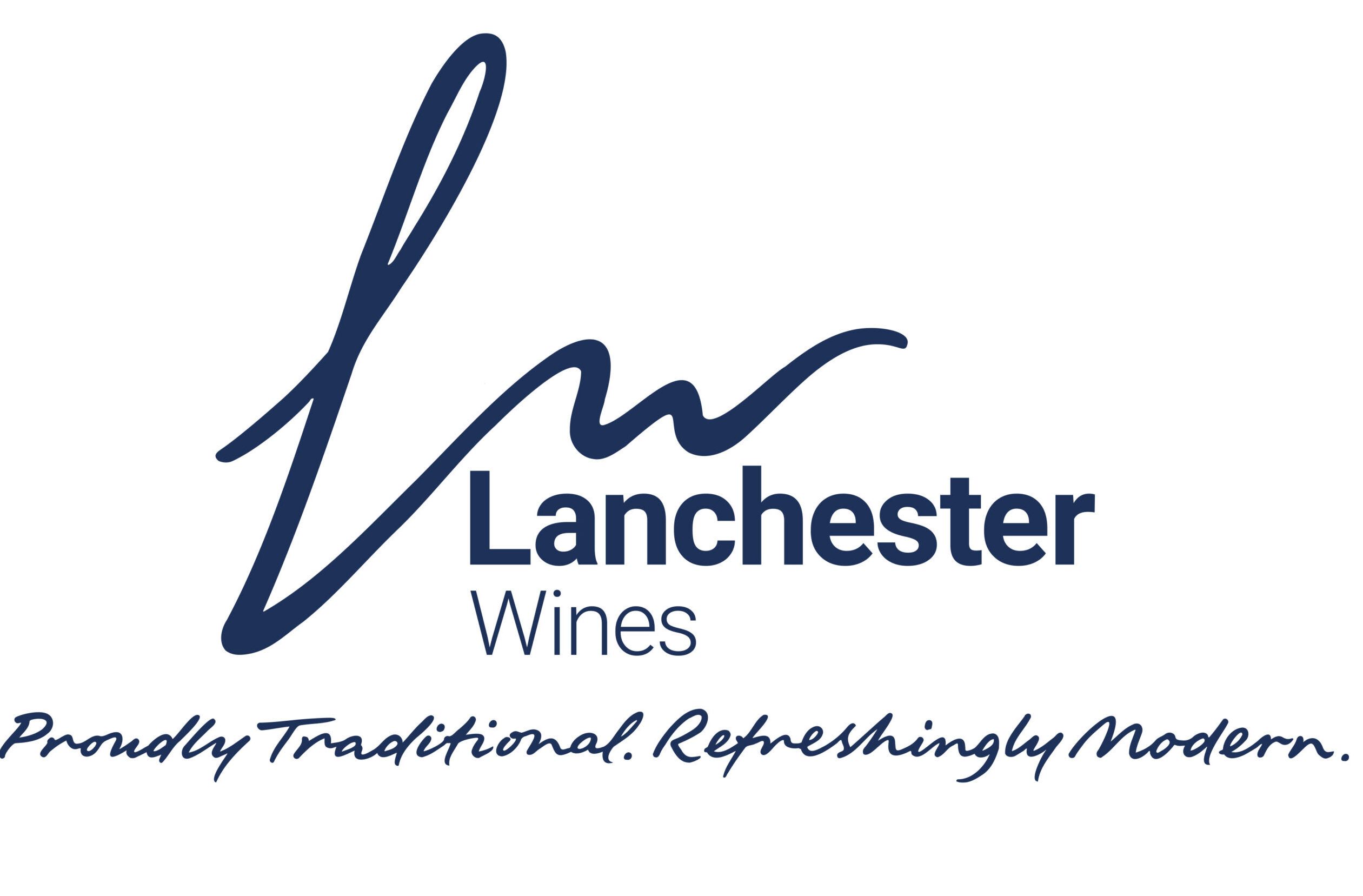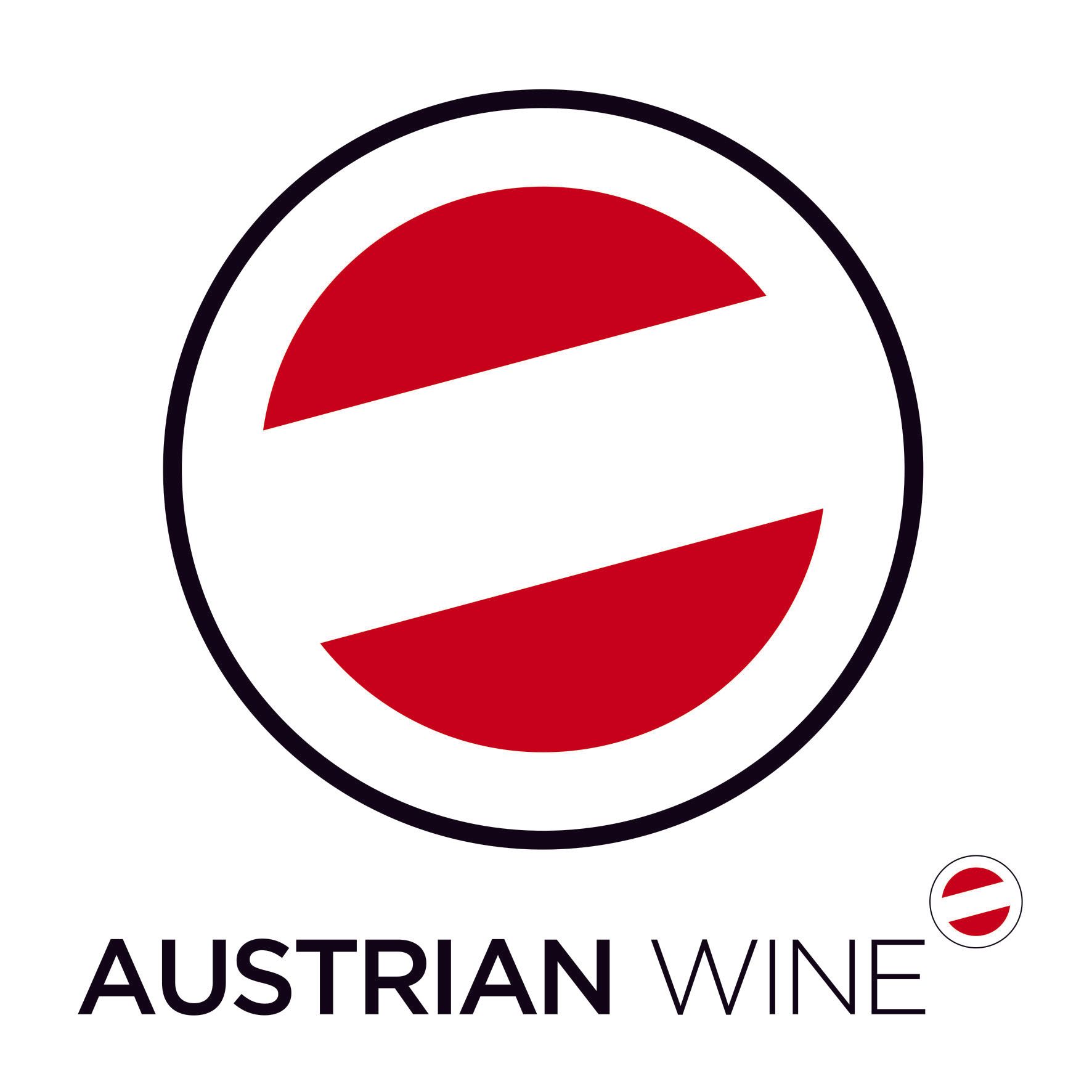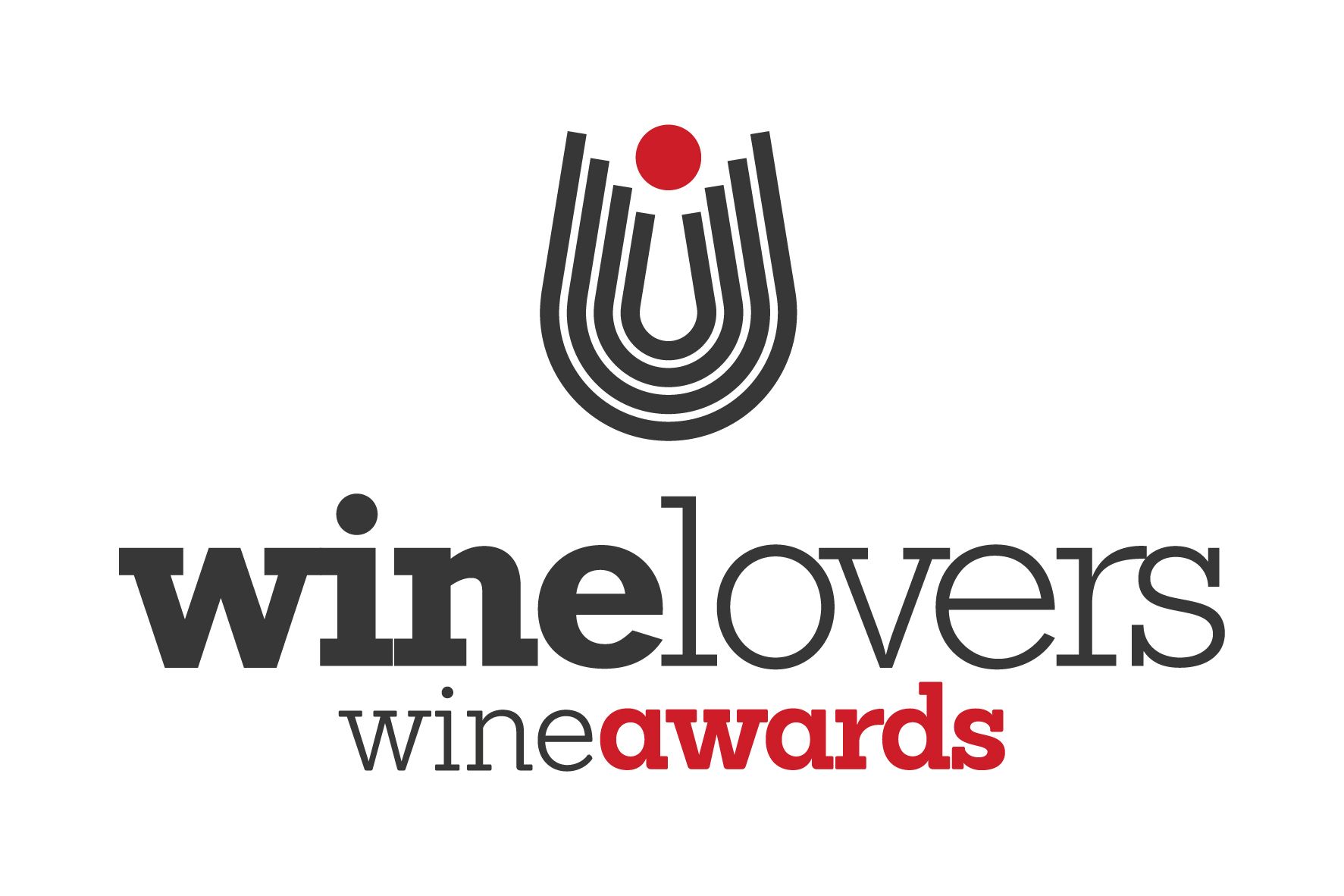Tsiakkas, Kyperounda, Zambertas and Vasilikon are some of the wineries visited by Keay where he tastes a wide variety of Cypriot wine made with indigenous grape varietals.
The Cyprus Tourist Organisation, which is keen to boost the island’s tourism beyond traditional sun, sea and sand, is making much of Cypriot wine traditions.
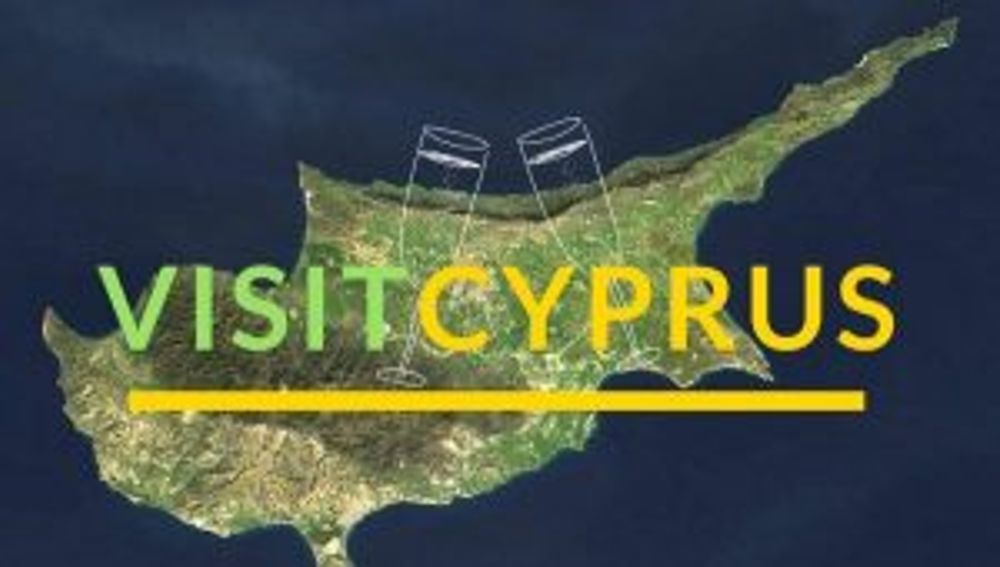
“Winemaking in Cyprus stretches some 6000 years into the past and it is widely believed that it was these early vineyards that triggered the spread of winemaking around the ancient world,” says a recent CTO publication, drawing attention to mosaics of Dionysos, the Greek god of wine and to amphorae dating back to between 3000-3500BC.
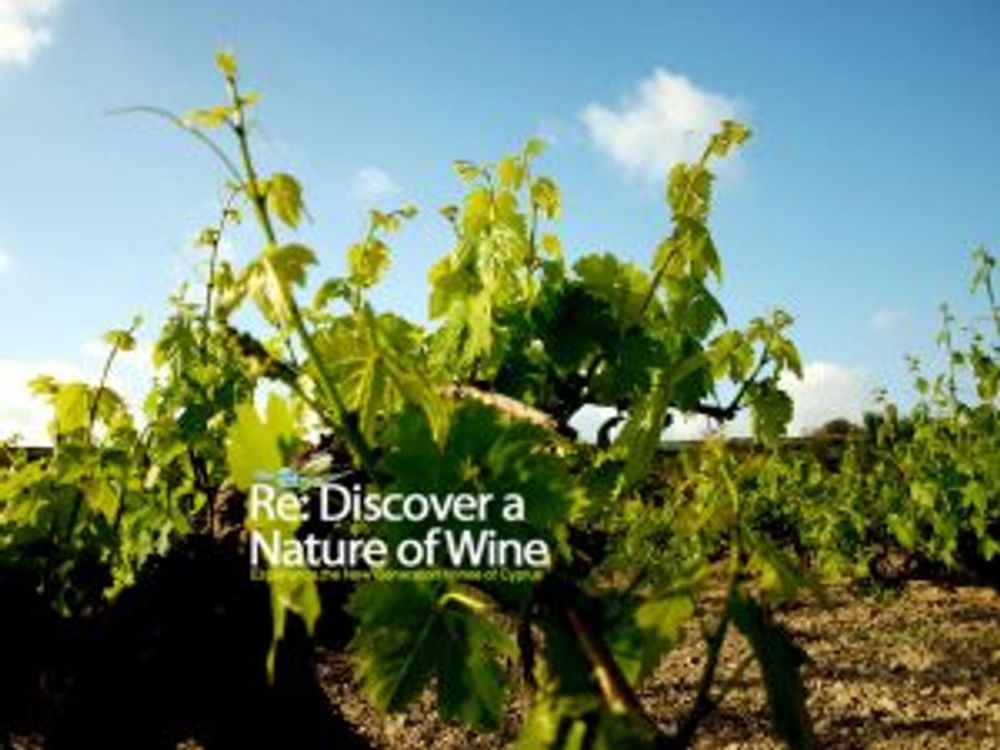
Cyprus boasts some of the oldest wine grape varieties, unaffected by phylloxera… none more famous than the renowned Commanderia, the famous sweet wine reputedly beloved by Richard the Lionheart en route to the Crusades. Along with Zivania, the powerful local wine spirit, Commanderia is still a big favourite amongst visitors today.
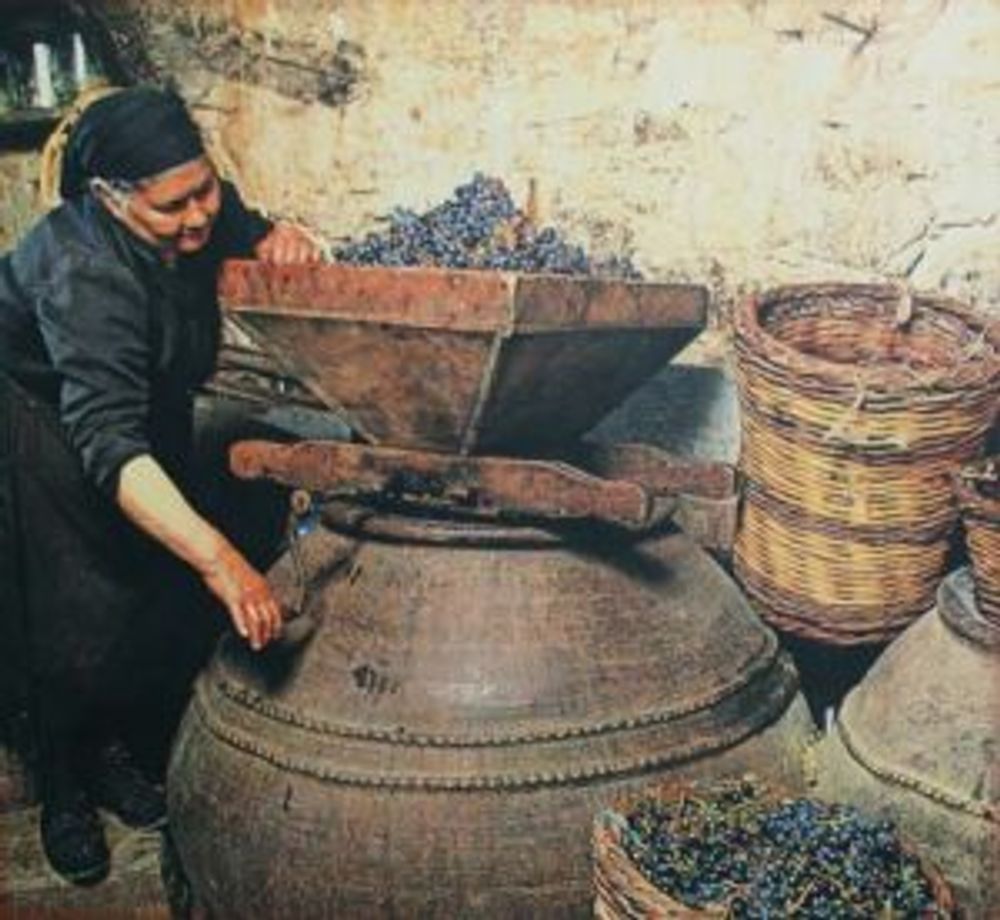
Winemaking in Cyprus may be long established but, until recently at least, it really wasn’t very good.
Most wines were boring at best and aimed at undemanding British tourists to drink with their fish and chips or lasagna, with production dominated by four big producers: Keo, Sodap, Loel and Etko.
Yet, as tourism on this beautiful island has grown and evolved – last year saw a record 3.2m visitors to the island, with the industry becoming much higher-end than it was – so too, thankfully, has the wine industry, helped by EU and government grants that have encouraged the growth of small and medium-sized producers.
Demetri Walters, wine educator at Berry Brothers, who has judged Cypriot wines for the past few years, has seen many improvements.
“Better producers are experimenting with the right site selection for their vineyards. A lot of interest is being taken in native varieties. Work is being focused on bringing these obscure grapes back into view, with producers keen to ensure they become Cyprus’s differentiating feature,” he says.
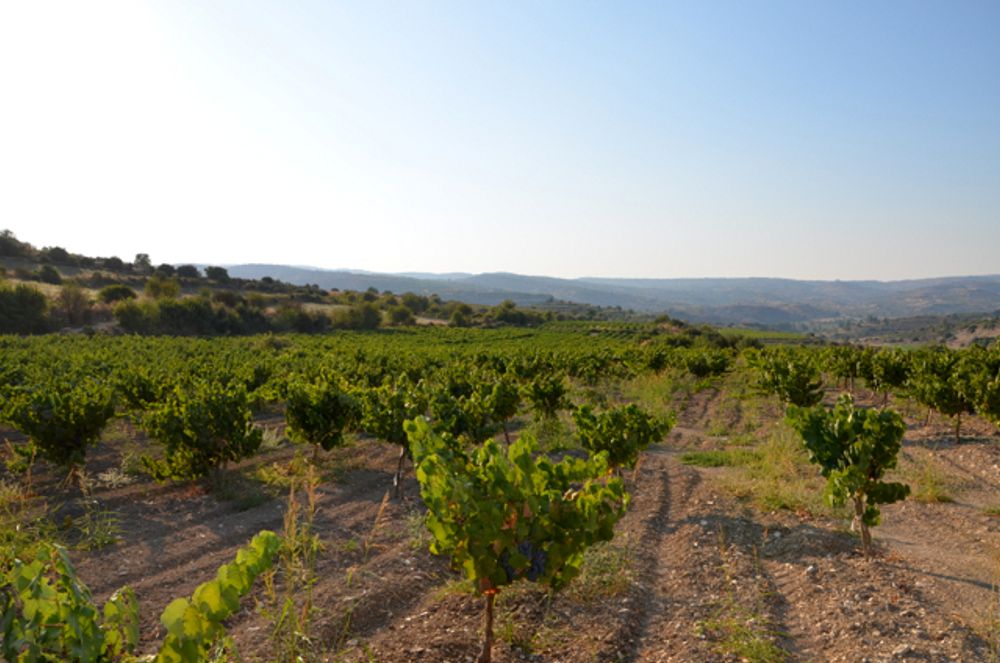
Today there are some 65 producers on the island, many of them quite ambitious and one or two at least keen to reach deep into the island’s past to make appealing modern wines of distinction. Most are sensibly located in the mountainous interior of the island to escape boiling summer temperatures that can easily touch 40C, and the best are working with the island’s native varieties, notably white Xynisteri and red Maratheftiko, but also white Promara and red Yiannoudi.
Tsiakkas: a Cypriot wine producer keeping links with ancient varietals
Former bank manager Costas Tsiakkas is one such producer. He opened his eponymous winery in the Troodos mountain village of Pelendri almost 30 years ago and admits it has been a tough but rewarding journey.
“My father almost died when he saw the site. He asked me: what on earth have you done?” In fact, the decision to buy the high altitude, largely north-facing site was a good one, particularly with summer temperatures becoming fiercer by the year.
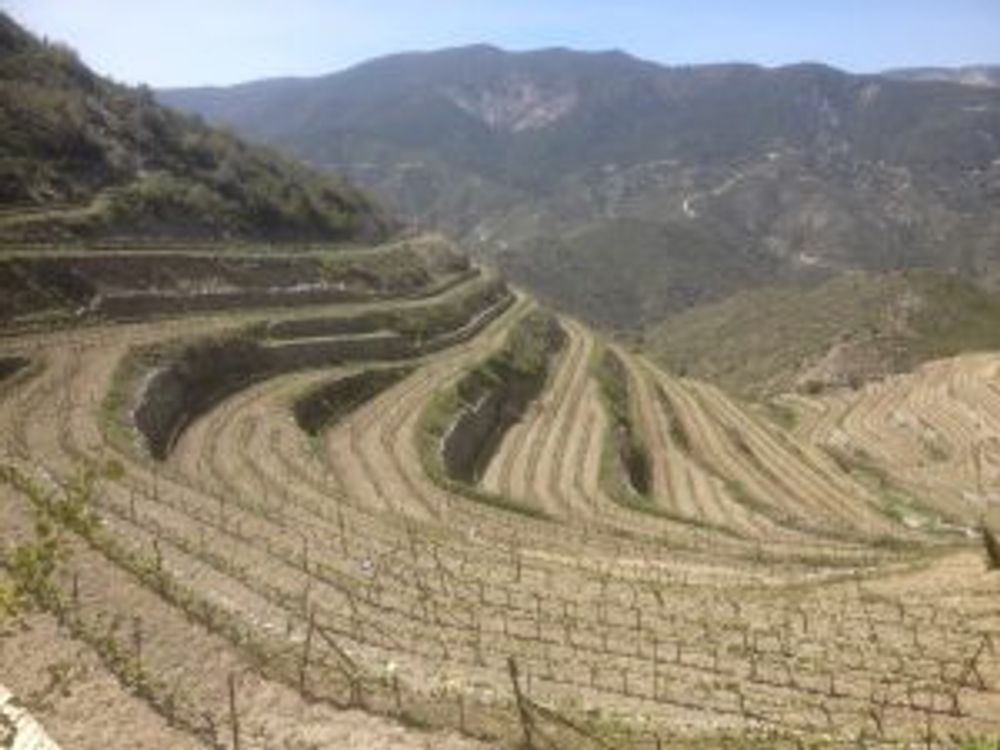
“Because of the sun, I wanted a north-facing site with good shade. Here we get the sun at 9am until 4pm, which is perfect.”
The Tsiakkas winery has expanded slowly, and today makes eight wines, around 150,000 bottles in total. What has changed most though is the type of wine being made.
Although the wines he makes from international varietals are pretty solid, it is what Costas and his Greek winemaker are doing with the local varieties that most impresses, alongside a delicious, unfortified, vintage Commanderia – much better than any of the regular non-vintage Commanderias I tasted, all of which have had the alcohol pushed up to 15% with the addition of spirit alcohol.
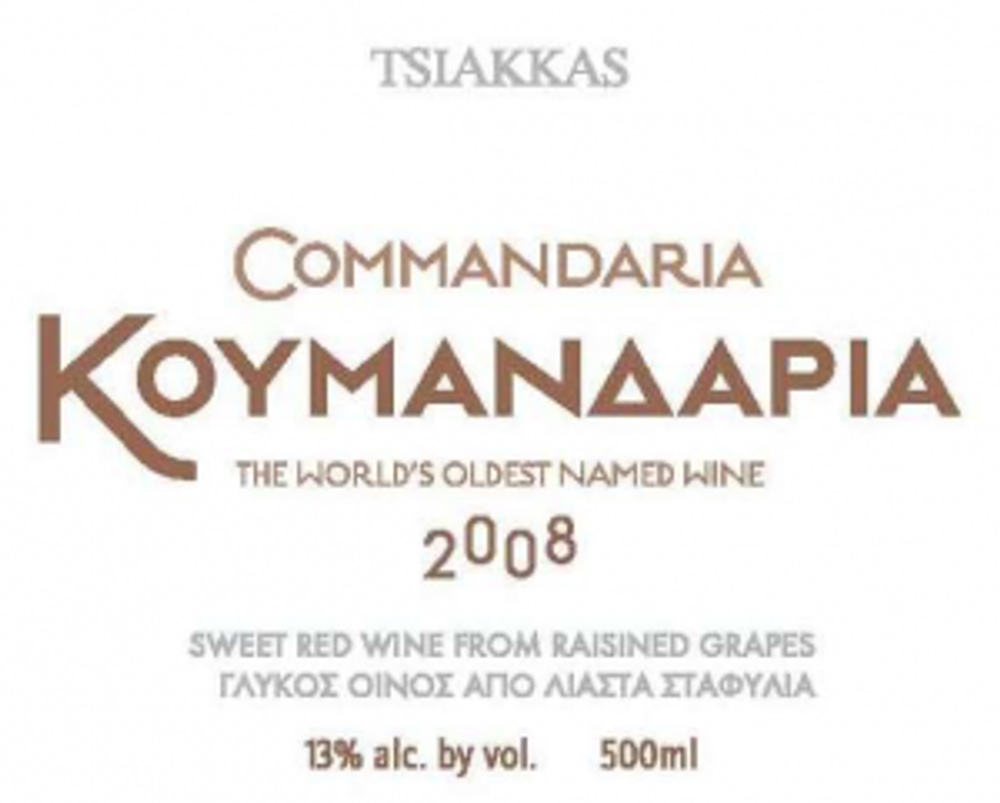
“When we started, there was lots of Mavro (an indigenous grape variety) being grown, and we got rid of it reckoning – like a lot of other winemakers – that it doesn’t make wines with much depth; instead, we planted Syrah and Cabernet Sauvignon. Now I regret that. Mavro can make nice light summer reds that work well here.”
“Increasingly, I feel we should not turn our back on native varietals that grow so well here and have done so for so many hundreds of years. Nature knows best, after all.”
The look of the wines (imported into the UK by Amathus Drinks) has also changed. Gone are the rather fusty old fashioned labels and in their place, attractive labelling showing some of the animals that live in and around the vineyard.
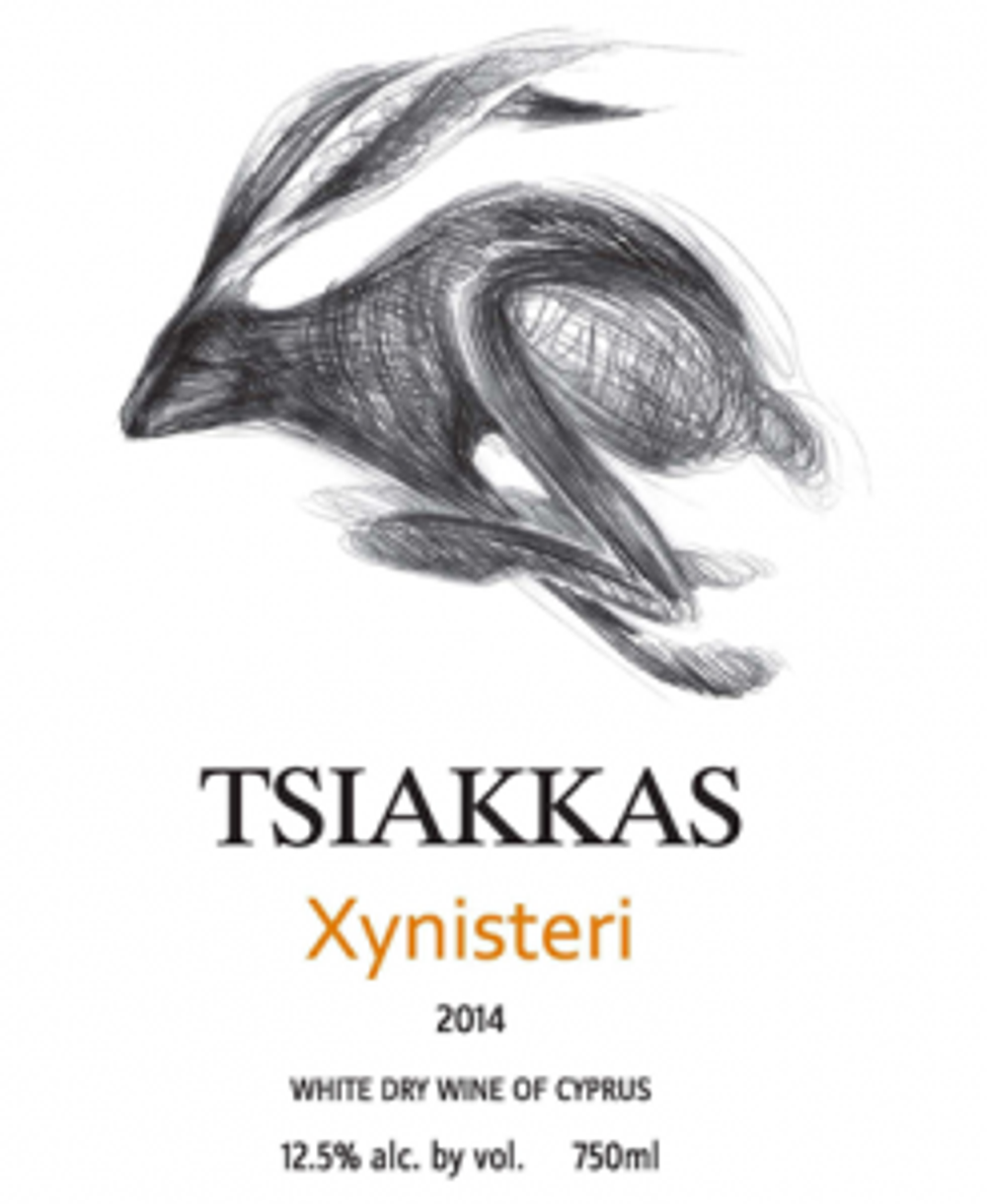
On the Xynisteri 2016, which is a full-on example of this sptitzy and accessible local white grape, is a picture of a running hare; on the red Vamvakada 2014, a local name for the indigenous Cypriot grape Maratheftiko, a snail, although this full-bodied wine, checking in with 15% ABV, is anything but sluggish.
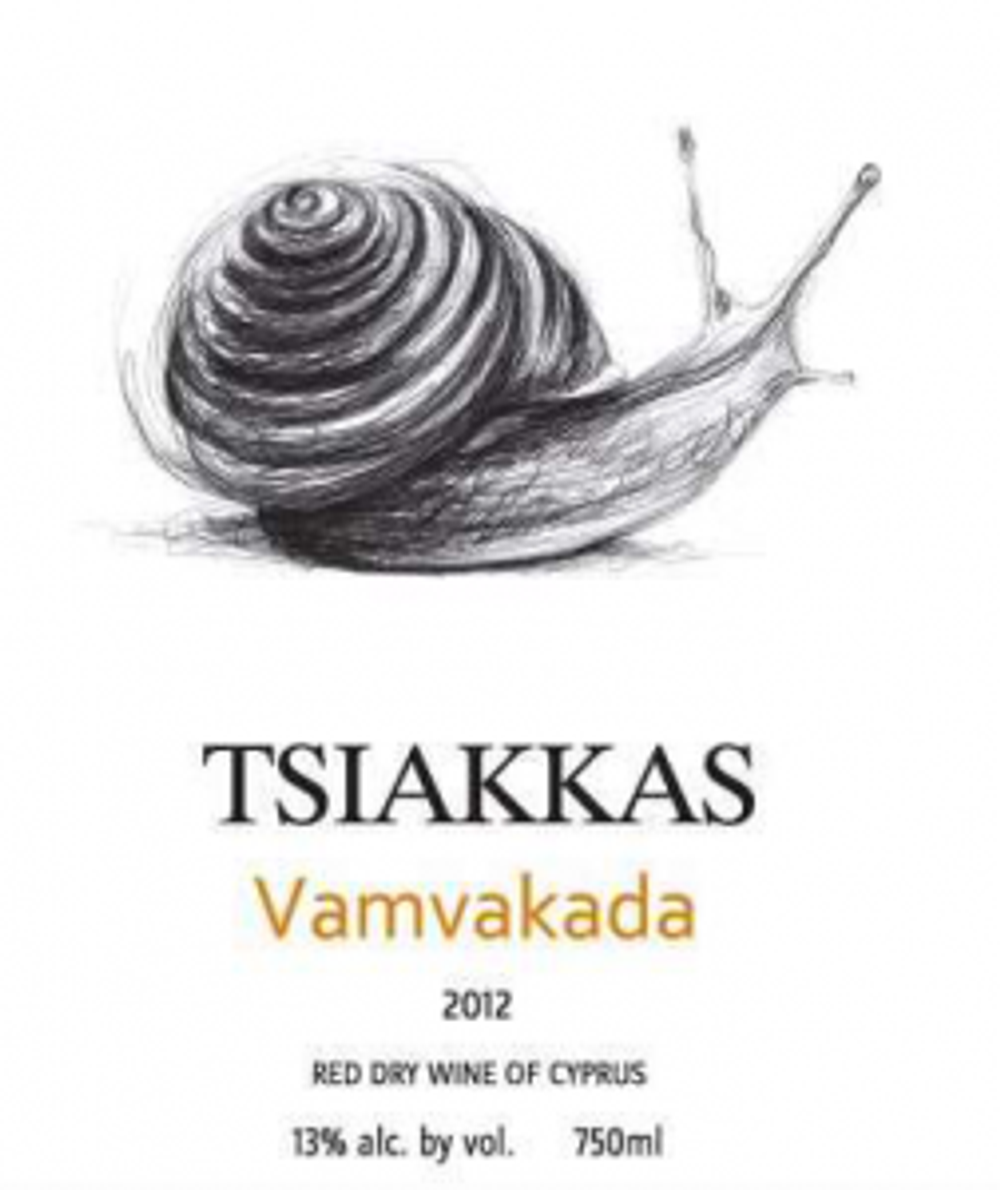
In addition, Tsiakkas makes the Yiannoudi, a full-bodied, multi-layered wine made from a rediscovered variety with great ageing potential, and has started to make intriguing skin contact wines from Promara, a white variety that originally hailed from Pafos in the west of the island.
Some of these forgotten varieties have their drawbacks.
Maratheftiko, for example, was abandoned by many winemakers because, unlike most other grape varieties, it doesn’t self-pollinate and can therefore be very low yielding, to the point where it can become uneconomic to grow.
Costas Tsiakkas says this just doesn’t bother him. “We just put up with it and thank God for whatever we get,” he says.
Kyperounda winery doing great things with high altitude, phylloxera-free Xynisteri
Just down the road at the cooperatively worked Kyperounda winery (owned by the Nicosia Photos Photiades Group) winemaker Minas Mira has also embraced Cyprus’ signature grape Xynisteri in a big way: he reckons half of estate production is now from that grape, including the estate’s vintage Commanderia. Little wonder – this is one of the highest vineyards in Europe at 1140 metres, and the altitude means the wines are defined by freshness and acidity.
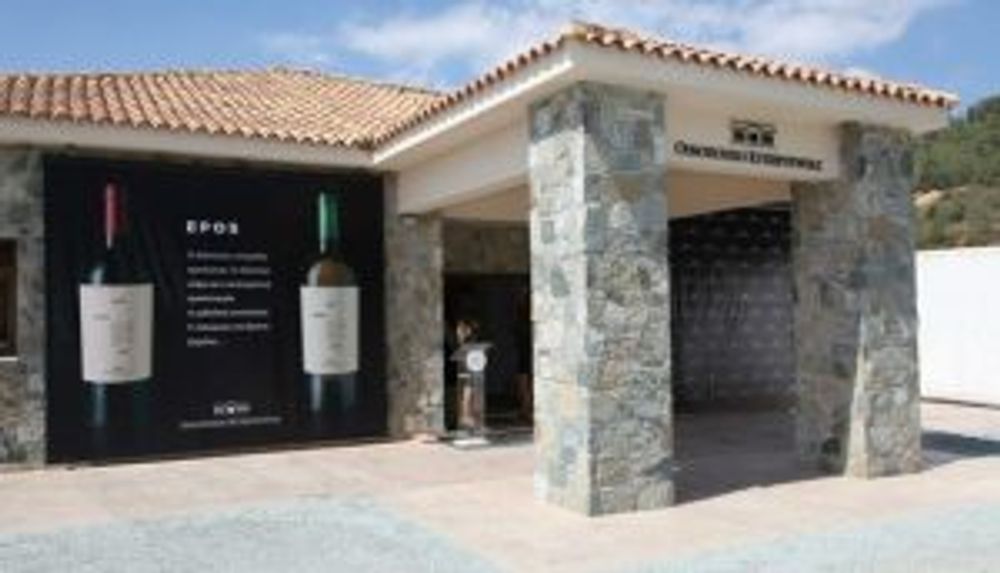
The best example of Xynisteri showing its true potential is the top selling Petrides a full on, strongly mineral wine (imported into the UK by Hallgarten, Druitt & Novum Wines for a trade price of around £13).
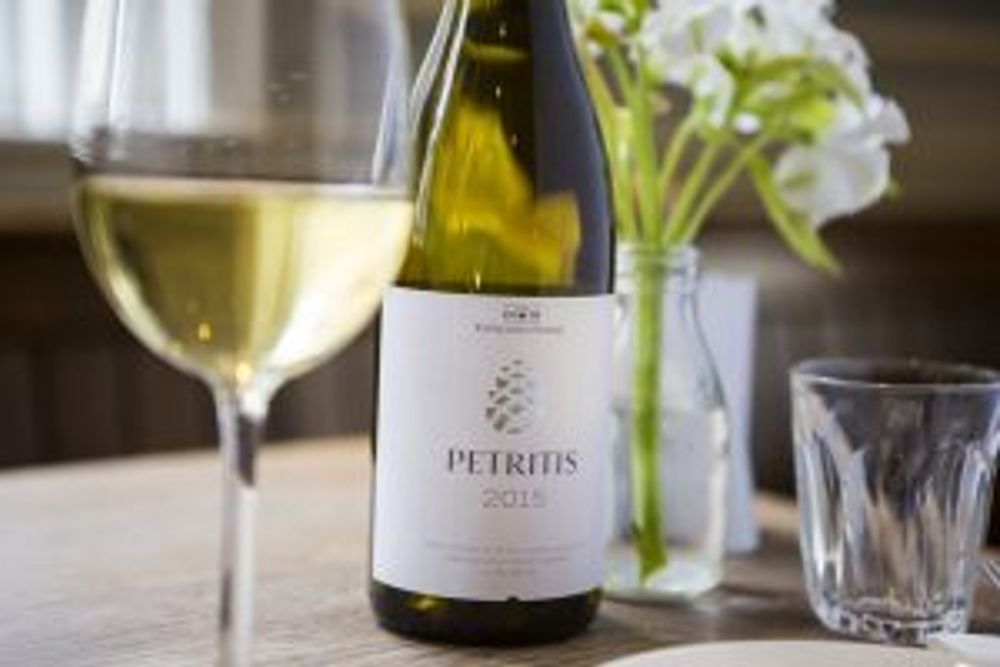
Standing in front of the winery looking up at the hills surrounding it, some as high as 1400 metres, are the Xynisteri vines from which Kyperounda draws its fruit.
“One of the huge advantages here is our phylloxera-free vines, and the altitude: this means we can produce really fresh and mineral wines that really reflect the land and terroir, a taste of the original Cyprus if you like,” he says, adding that harvesting up here takes place almost a full month later than harvesting at lower altitudes.
Kyperounda now makes a total of around 300,000 bottles a year, with nine wines falling into three distinct ranges.
Although Mira declines to make much Maratheftkio – because of the yield problem – his handling of international varietals is impressive; a comparison between two of his mid-range Chardonnays, the Alimos 2016 (made with grapes grown closer to sea level near Pafos) and the higher altitude, small production Epos 2015 is fascinating, with the latter showing more terroir-focus and minerality and the former defined by breadth and richness.
“These wines are made pretty much in the same way, and are both aged in oak barrels: the big difference is the altitude at which the grapes are grown,” he says.
Kyperounda have big hopes for their new premium Epos range although currently production is limited to just 2500 bottles. The red is a Syrah/Cabernet Sauvignon blend, that spends one year in barrique and another in oak barrels before release and is a remarkable, well-made and rich blend.
However the decision to make such wines demonstrates the ambition that is now emerging in Cyprus’s wine industry.
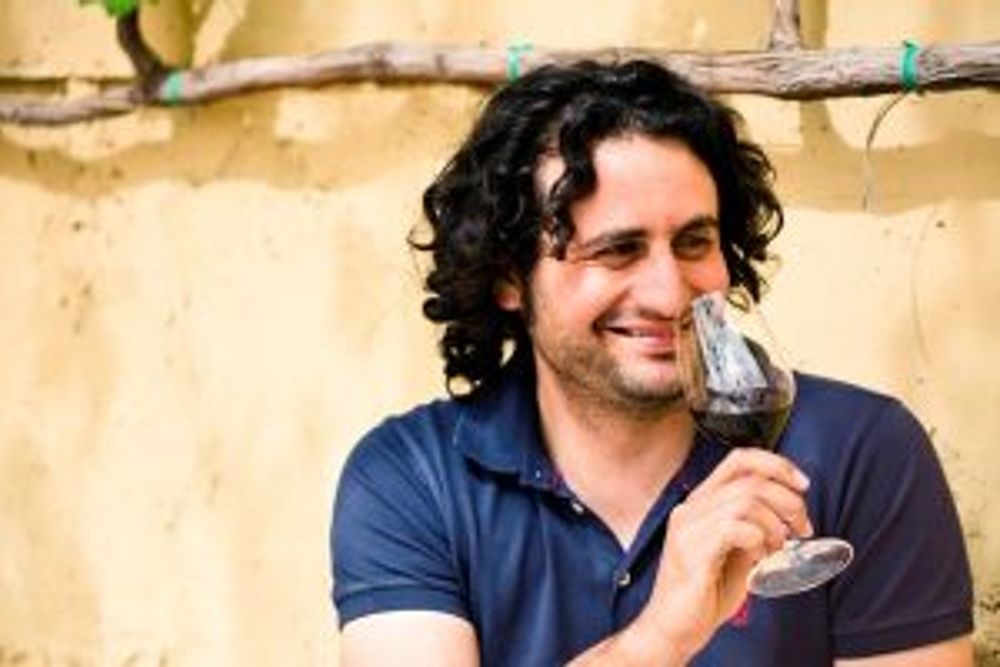
Akis Zambartas
Other wines tasted show that the days of treating this island’s wines as a joke are long since gone. Most notable of these is the dark, full-bodied rosé made by Zambertas Wineries, from a blend of Lefkada and Shiraz which has become a local bestseller (imported into the UK by Berry Bros) and wines by other producers such as Vasilikon.
“Wine quality will improve. The plantings of high quality native grapes will gradually improve and imports diminish as Cyprus produces more and more convincing wines fashioned from its native grapes. Once native wine quality is assured in the domestic market, exports will slowly start to increase,” argues Berry Bros’ Demetri Walters, although he says that to maximise long-term prospects, producers still need to cooperate better.
“Producers, associations, retailers, sommeliers, pundits…all the stakeholders, need to work more closely and open-mindedly together,” he says.
